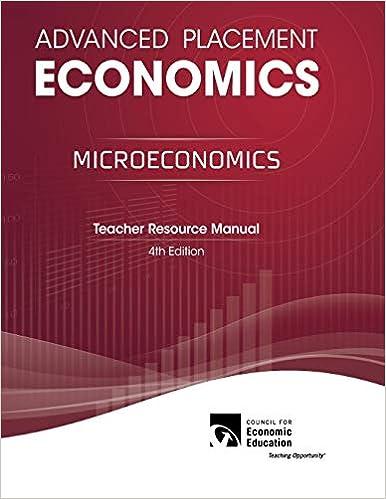Question
a. (3pts) Graph the International Dollar market. Label all curves and axis. Label equilibrium as $1= 65 Indian Rupee. b.(3pts) Duplicate your graph from part
a. (3pts) Graph the International Dollar market. Label all curves and axis. Label equilibrium as $1= 65 Indian Rupee.
b.(3pts) Duplicate your graph from part A. Show what will happen in the international dollar market if India suddenly wants to increase their purchase of American goods. State if the dollar will appreciate or depreciate in value.
c. (4pts) Duplicate your graph from part B. If the exchange rate is a fixed rate at $1= 65 Indian Rupee, graphically show and state what must happen in order to return to that fixed exchange rate.
Part two
Watch this video on Purchasing Power Parity:TWL: The Big Mac Index (PPP).
Sometimes analysts use the price of specific products in different locations to compare currency valuation and purchasing power. For example, The Economist's Big Mac Index compares the purchasing power parity of many countries based on the price of a Big Mac. Using Google, locate the latest edition of this index that is accessible. Identify the five counties (and their currencies) with the lowest purchasing power parity according to this classification. Which currencies, if any, are overvalued?
Explain why the authors use the Big Mac as the item to be compared between countries.
Step by Step Solution
There are 3 Steps involved in it
Step: 1

Get Instant Access to Expert-Tailored Solutions
See step-by-step solutions with expert insights and AI powered tools for academic success
Step: 2

Step: 3

Ace Your Homework with AI
Get the answers you need in no time with our AI-driven, step-by-step assistance
Get Started


